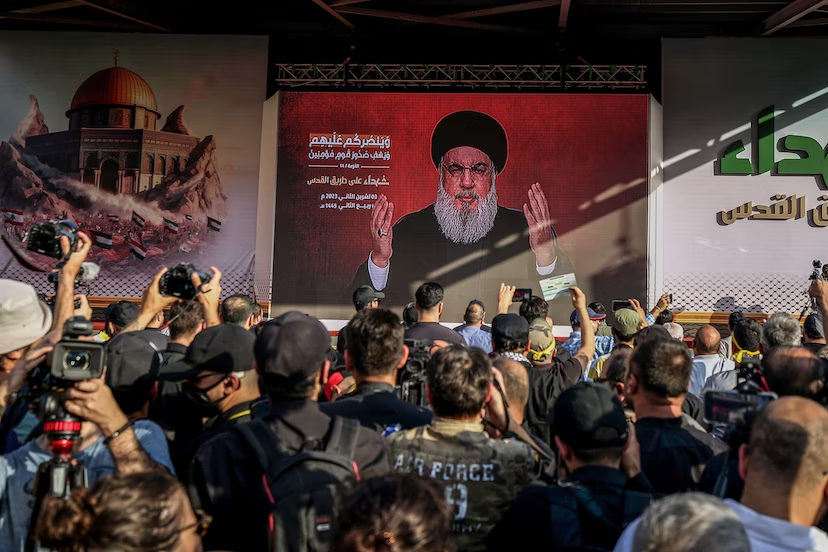OpenAI has launched an AI tool that can create video of up to a minute in length from a text prompt.
Called Sora, OpenAI said the AI model can generate complex scenes with multiple characters who can express emotions with acuate details of the subject and background.
The move comes amidst growing concerns about the use of AI video for misinformation, including the use of the technology to mislead and influence voters ahead of elections.
OpenAI said that Sora is currently being tested and assessed for harms and risks, while visual artists, designers and filmmakers have also been given access to provide feedback on how it could help creative professionals. It is also building tools designed to detect misleading content and identify if a video has been generated by Sora.
Rachel Tobac, chief executive of SocialProof Security, said that while OpenAI is considering how adversaries would use this type of content for harm, she is still concerned.
“My biggest concern is how this content could be used to trick, manipulate, phish, and confuse the general public. - for example, imagine an adversary uses this tool to build an AI video that appears to show a vaccine side effect that doesn’t exist - imagine an adversary uses this tool to show unimaginably long lines in bad weather to convince people it’s not worth it to head out to vote that day,” Tobac wrote on X. “This tool is going to be massively challenging to test and control under many, let alone most, adversarial conditions.”
OpenAI said that it would engage policymakers, educators and artists around the world to understand their concerns and to identify positive use cases for this new technology.
“Despite extensive research and testing, we cannot predict all of the beneficial ways people will use our technology, nor all the ways people will abuse it,” wrote on its website.“That’s why we believe that learning from real-world use is a critical component of creating and releasing increasingly safe AI systems over time.”
The company added that it is employing existing safety methods it built for products such as DALL-E 3.
OpenAI did not provide details of how Sora had been trained or which images and videos had been used to develop the model.
The new tool still also has a number of weaknesses, including the ability to confuse spatial details of a prompt, like mixing up left and right. The technology can also struggle accurately simulating the physics of a complex scene.
Latest News
-
EU plans to bar Huawei and ZTE from critical infrastructure networks
-
Britain to use Ukrainian anti-drone warfare tactics to secure prisons
-
Revolut partners with Google on agentic commerce
-
Monzo introduces tax tool for upcoming digital rules
-
Indra wins TfL contract to run London ticketing systems
-
Japan ‘launches government probe’ into Grok
The future-ready CFO: Driving strategic growth and innovation
This National Technology News webinar sponsored by Sage will explore how CFOs can leverage their unique blend of financial acumen, technological savvy, and strategic mindset to foster cross-functional collaboration and shape overall company direction. Attendees will gain insights into breaking down operational silos, aligning goals across departments like IT, operations, HR, and marketing, and utilising technology to enable real-time data sharing and visibility.
The corporate roadmap to payment excellence: Keeping pace with emerging trends to maximise growth opportunities
In today's rapidly evolving finance and accounting landscape, one of the biggest challenges organisations face is attracting and retaining top talent. As automation and AI revolutionise the profession, finance teams require new skillsets centred on analysis, collaboration, and strategic thinking to drive sustainable competitive advantage.
© 2019 Perspective Publishing Privacy & Cookies








Recent Stories